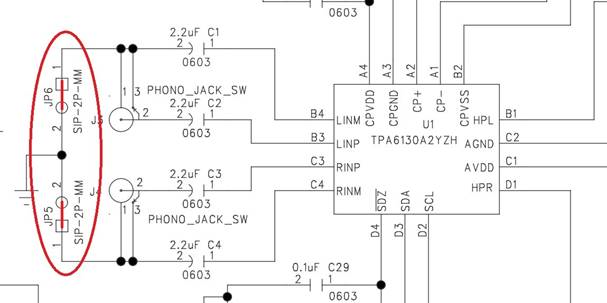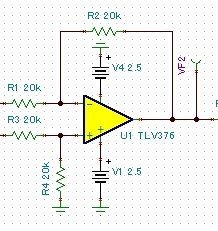Hello expert,
I have question for recommended application circuit for SE configuration.
I think our recommended circuit is EVM and it connected negative input to GND through coupling capacitor as following.
However, datasheet recommended to connect Positive input to GND as below.
I found some related E2E thread but it caused confusion.
I guess TPA6130A2's internal simplified equivalent circuit is similar as below circuit.
Therefore, there isn't spec difference (or non-inverting configuration(connect Neg in to GND) have slight better performance).
However, this thread said inverting connection have slight better performance than non-inverting connection.
Moreover, this thread said non-inverting configuration's output would be inverted from input signal.
So would you tell me which is TI's recommended circuit an which have better performance?
Also does this device output will be inverted under non-inverted configuration?
I'm waiting your reply.
Best regards,
Kazuki Kuramochi
-
Ask a related question
What is a related question?A related question is a question created from another question. When the related question is created, it will be automatically linked to the original question.



